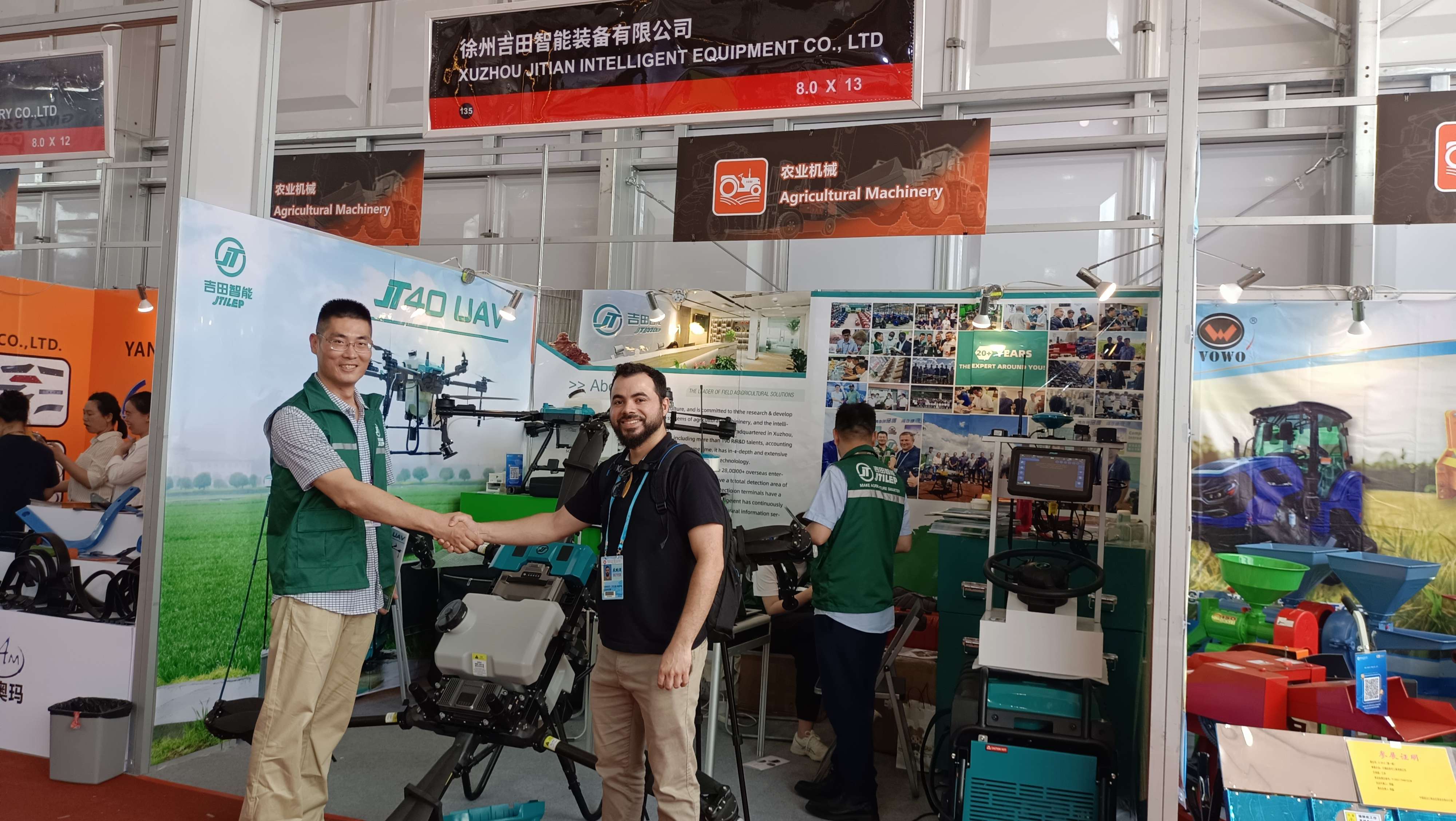LCD TVs are now available at surprisingly low prices. For instance, many 55-inch 4K LCD TVs can be purchased for just 3,000 yuan, while even 32-inch 1080P models are priced as low as 999 yuan—prices that truly astonish consumers. Major brands have also introduced large-sized LCD TVs, with 65-inch and above models becoming more common. Industry experts predict that next year, these large-screen TVs could drop below 10,000 yuan, intensifying competition in the market.
With the launch of BOE's first 10.5-generation production line in 2018, LCD TVs are entering an era dominated by 65-inch and even 75-inch models. By the end of 2017, the trend toward ultra-large LCD TVs is expected to accelerate in 2018. But what about laser TVs? While they offer a unique advantage in screen size, reaching over 100 inches easily, they still face challenges in brightness and ambient light resistance.
Laser TVs currently compete with LCDs, but their biggest weakness is insufficient brightness. Although anti-glare curtains help improve visibility, the core issue remains the efficiency of the light source. The current laser technology used in these TVs requires more generators to achieve higher brightness, which increases both size and cost. This limitation is difficult to overcome in the near future.
To stay competitive, laser TVs must not only improve brightness but also reduce prices quickly. Otherwise, when large LCD TVs hit the market with significant price cuts in 2018, laser TVs may struggle to keep up. Brightness and affordability are key to the success of laser TV technology. If these issues are resolved, the market potential for laser TVs could grow rapidly.
Despite optimism from many brands, laser TVs face strong competition from other emerging technologies like quantum dot and OLED TVs. While some users prioritize screen size, others care more about color accuracy and picture quality. As a result, the window for laser TVs may not be as long as initially expected.
For more information on smart TVs and media boxes, visit Smart TV/box information, a leading platform in China offering insights, updates, and resources on smart TV technology, software, and related products.
JTILEP 40L drone agrícola

- Multi-Rotor Drones.
- Fixed-Wing Drones.
- Single-Rotor Drones.
- Fixed-Wing Hybrid VTOL.
- What Do Agricultural Drones Do? Agricultural drones allow farmers to monitor crop and livestock conditions from the air to keep watch for potential problems and help optimize field management.
- Agricultural drones are indeed playing an increasingly important role in modern agriculture. They have greatly improved the efficiency and quality of agricultural production through efficient and precise flight operations.
- jtilep agricultural drones may have some advanced technologies and functions, such as intelligent flight control systems, high-definition cameras, precision spraying devices, etc., which can help farmers better manage farmland and improve crop yield and quality.
- Of course, with the continuous advancement of technology, agricultural drones are also constantly developing and improving. In the future, we can look forward to more innovative technologies and applications that will bring more convenience and benefits to agricultural production.
- If you have a deeper understanding of jtilep agricultural drones or have any questions, please feel free to communicate with me. I will do my best to provide you with help and answers.

ag drones , spray drones for sale , agriculture drone sprayer , agriculture drone price
Xuzhou Jitian Intelligent Equipment Co. Ltd , https://www.jitianintelligent.com